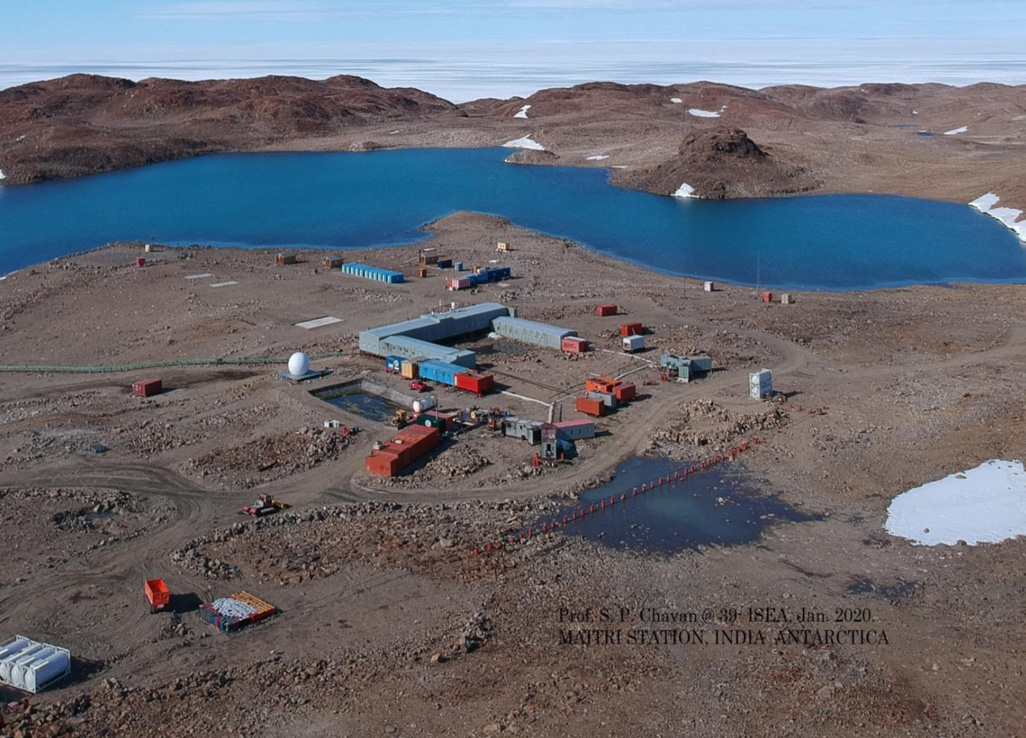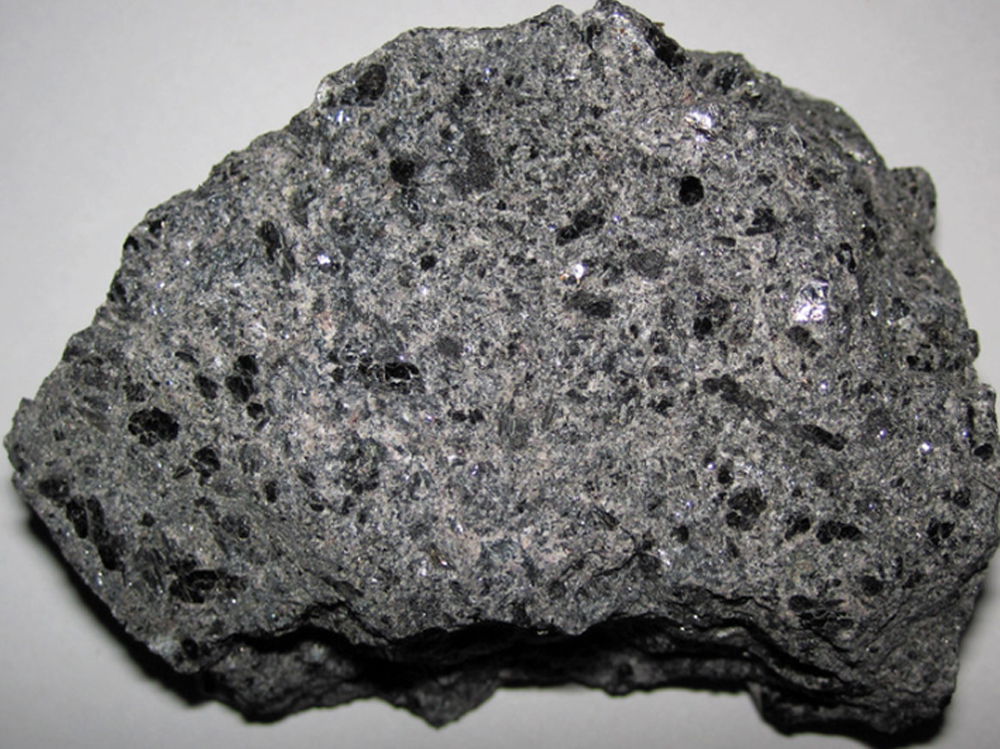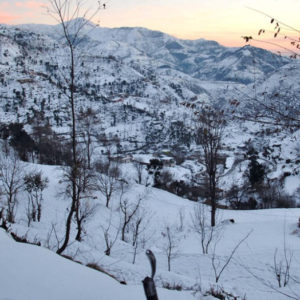Mitigating Cloudbursts Need Better Forecasting and Disaster Preparedness



India is set to embark on a new chapter in its Polar exploration journey with the construction of Maitri II. The Indian government plans to establish a new research station near the existing Maitri ba...
.png )
The Deep Ocean Mission (DOM), approved by the Government of India in 2021 under the Ministry of Earth Sciences (MoES), represents a strategic step in realizing Sustainable Development Goal 14 (SDG 14:...

China recently announced restrictions on the export of seven rare earth elements (REEs), soon after US President Donald Trump decided to impose tariffs. As the world's dominant supplier—responsible fo...
<p>Cloudbursts are usually made up of saturated clouds accompanied by the upward movement of warm currents of air. This causes large accumulations of heavy raindrops in the cloud that are bolstered by...
<p>Ozone is present in a very small amount in the Earth’s atmosphere, averaging about three molecules of ozone for every ten million molecules of air. It is measured in Dobson Unit (Db) which is equ...
<p>Snowfall recorded in Kashmir Valley in the last few days has broken previously held records at some of the stations. The snowfall has been described as ‘above normal’ rainfall by Sonam Lotus, Direc...
Early warnings, which includes effective monitoring, detection and prediction of topical cyclones is crucial. Given the several constraints encountered, advanced technologies are fully employed for qu...
<p>Cloudbursts are usually made up of saturated clouds accompanied by the upward movement of warm currents of air. This causes large accumulations of heavy raindrops in the cloud that are bolstered by the updraft until they coalesce together and become too heavy for the cloud to hold.</p>

<p>Ozone is present in a very small amount in the Earth’s atmosphere, averaging about three molecules of ozone for every ten million molecules of air. It is measured in Dobson Unit (Db) which is equivalent to a 0.01 mm thickness of pure ozone if brought down to ground level pressure (1 atm) and temperature (0°C). The global average of ozone thickness is about 300Db.</p>

<p>Snowfall recorded in Kashmir Valley in the last few days has broken previously held records at some of the stations. The snowfall has been described as ‘above normal’ rainfall by Sonam Lotus, Director MeT Department, Srinagar.</p>
